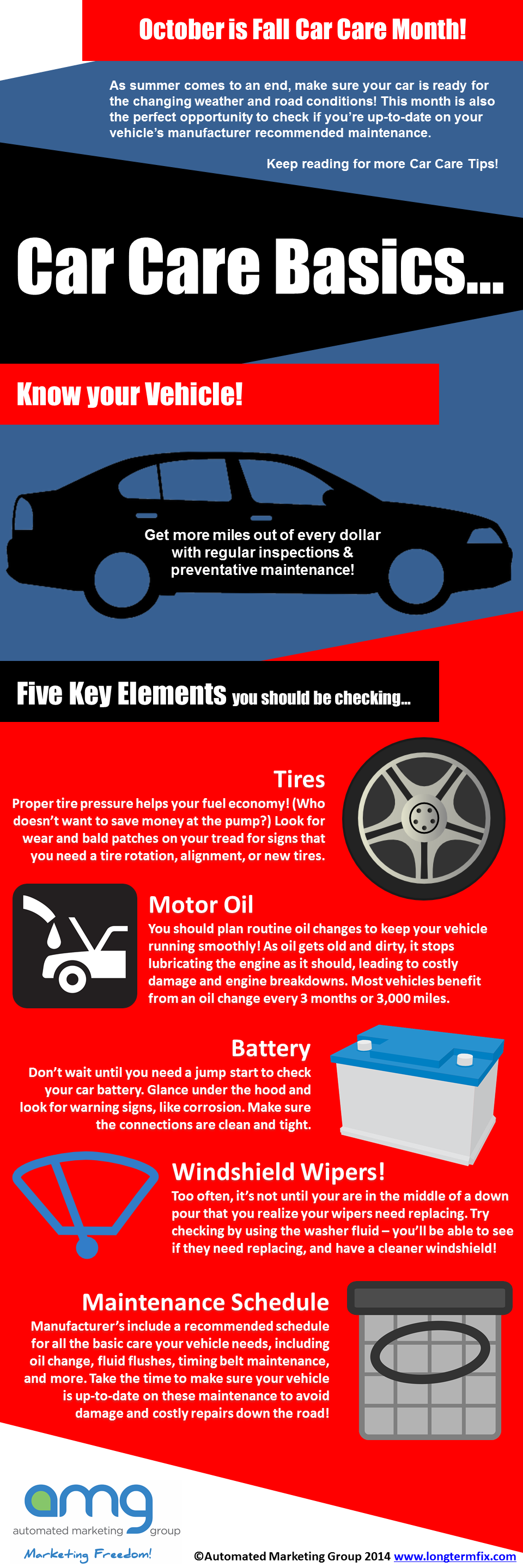Gain Insight Into The Control Panel Caution Lights In Your Car To Recognize Their Effects On Your Vehicle'S Wellness And Safety And Security
Gain Insight Into The Control Panel Caution Lights In Your Car To Recognize Their Effects On Your Vehicle'S Wellness And Safety And Security
Blog Article
Developed By-Cummings Ferguson
When you're behind the wheel, those radiant warning lights on your control panel can be a little bit complicated. Do you know what they're attempting to tell you concerning your auto's health? Understanding the significance of these lights is vital for your safety and the durability of your car. So, the following time one of those lights appears, would not you wish to decipher its message accurately and take the required actions to resolve it?
Common Caution Lighting and Interpretations
Determine usual caution lights in your auto and understand their meanings to make certain secure driving.
The most common warning lights consist of the check engine light, which indicates issues with the engine or emissions system. If this light begins, it's crucial to have your vehicle inspected promptly.
The oil stress warning light suggests low oil pressure, calling for instant focus to stop engine damage.
A blinking battery light could suggest a damaged charging system, possibly leaving you stranded otherwise addressed.
The tire pressure surveillance system (TPMS) light signals you to low tire stress, affecting vehicle stability and gas performance. Ignoring this might result in harmful driving problems.
The ABS light indicates a problem with the anti-lock stopping system, endangering your ability to stop promptly in emergency situations.
Lastly, the coolant temperature level cautioning light warns of engine getting too hot, which can lead to serious damage otherwise fixed swiftly.
Understanding a knockout post will help you resolve concerns quickly and maintain safe driving problems.
Value of Prompt Focus
Recognizing the typical caution lights in your cars and truck is just the very first step; the significance of promptly attending to these cautions can not be highlighted enough to ensure your safety and security on the road.
When a caution light illuminates on your control panel, it's your automobile's method of interacting a prospective issue that requires interest. Overlooking these cautions can cause extra serious issues in the future, jeopardizing your security and potentially costing you much more out of commission.
Trigger focus to advising lights can stop malfunctions and accidents. For https://simonwrmfa.dailyblogzz.com/31619136/captivated-concerning-locating-the-most-effective-automobile-service-center-near-you-discover-the-top-10-tips-that-will-assist-you-make-an-educated-decision , a blinking check engine light could indicate a misfire that, if left unattended, can trigger damage to the catalytic converter. Addressing this quickly can conserve you from a pricey fixing.
Likewise, a brake system warning light might signal low brake fluid or used brake pads, crucial components for your safety when driving.
DIY Troubleshooting Tips
If you notice a warning light on your control panel, there are a couple of do it yourself repairing ideas you can attempt prior to looking for specialist aid.
https://www.pennlive.com/news/2022/04/bill-uses-auto-repair-shops-to-help-identify-drivers-involved-in-hit-and-run-crashes.html is to consult your vehicle's guidebook to understand what the certain caution light indicates. Sometimes the problem can be as basic as a loosened gas cap triggering the check engine light. Tightening up the gas cap may deal with the issue.
Visit Homepage is a reduced battery, which can set off various cautioning lights. Checking the battery links for deterioration and guaranteeing they're secure might repair the issue.
If a caution light lingers, you can try resetting it by separating the auto's battery for a couple of mins and after that reconnecting it. In addition, examining your lorry's liquid levels, such as oil, coolant, and brake fluid, can aid troubleshoot cautioning lights connected to these systems.
Final thought
Finally, comprehending your vehicle's caution lights is vital for keeping your automobile running efficiently and securely. By quickly dealing with these signals and knowing what they imply, you can stay clear of pricey repairs and potential breakdowns.
Remember to consult your cars and truck's handbook for certain details on each warning light and do something about it appropriately to make certain a trouble-free driving experience.
Keep notified, remain risk-free when traveling!
